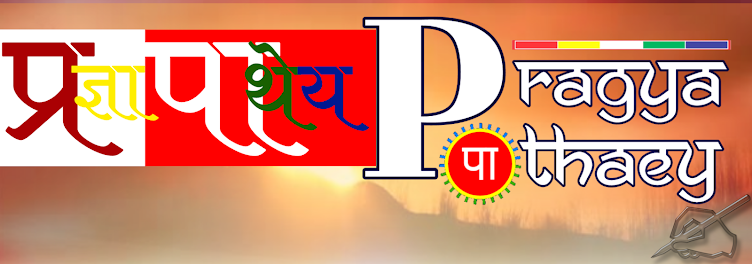
Acharya Tulsi impressed with Muni Nathmal's (later Mahapragya) vision, intellect and genius honored him with the qualitative epithet of Mahapragya (highly knowledged) on 12th November 1978[30]. On 4th February 1979, his appellation ‘Mahapragya’ was converted into his new name by Acharya Tulsi and he was also made ‘Yuvacharya’, successor designate to the present Acharya[31], the second highest position after the Acharya himself. With this event, he was now referred as Yuvacharya Mahapragya. As a Yuvacharya , Mahapragya became a close associate of Acharya Tulsi in all the major decisions and activities related to the sect.
In a mammoth public meeting on 18th February 1994, Acharya Tulsi declared that Mahapragya would now have the title of ‘Acharya’ also and that the former was renouncing this position forthwith. Subsequently, on 5th February 1995, Mahapragya was formally consecrated as the 10th Acharya – the supreme head – of Terapanth religious order in a big public meeting in Delhi[32]. Mahapragya having taken over the reins of Terapanth, is now endowed with many responsibilities. Further intensification of the movements of Anuvrat, Preksha dhyan and Jeevan Vigyan now became his primary concern. A Vikash Parishad – development council – has been constituted by Mahapragya to give further fillip to all these movements and underline their importance[33]. The forum of Terapanth is now actively involved in propagating these movements.

